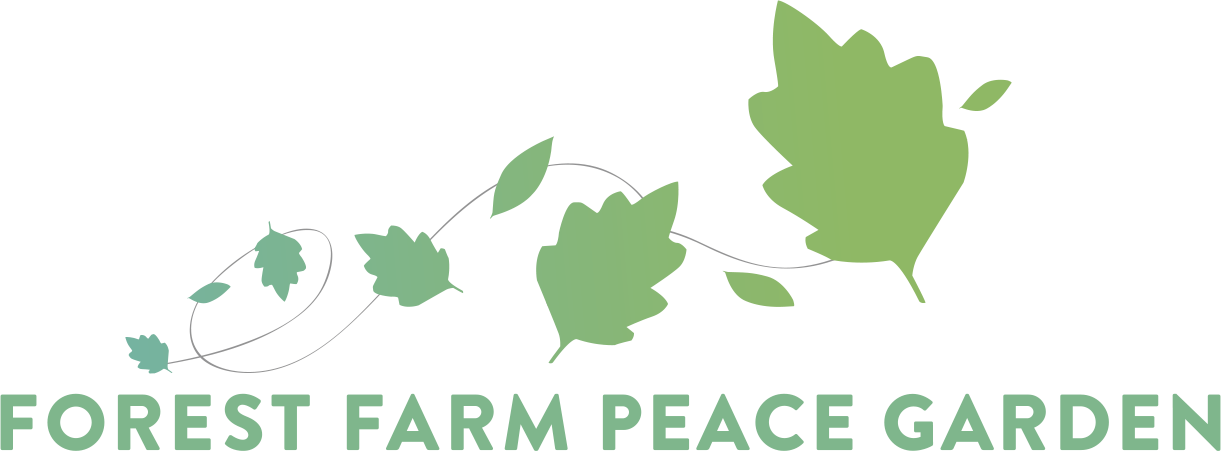This week at Forest Farm Peace Garden we are sowing seeds for our ‘three sisters’ veg patch - corn, squash and beans. As we can't all be in the garden at the moment, our volunteers will each be sowing one of the sisters at home, to be reunited and planted out in the summer. Growing in this way is an ancient indigenous agricultural method, in which the companion plants work symbiotically with each other. Below is an excerpt from Robin Wall Kimmerer's ‘Braiding Sweet Grass: Indigenous Wisdom, Scientific Knowledge and the Teachings of Plants’ (2015).
"Years ago, Awiakta, a Cherokee writer, pressed a small packet into my hand. It was a corn leaf, dry and folded into a pouch, tied with a bit of string. She smiled and warned, "Don't open 'til spring:' In May I untie the packet and there is the gift: three seeds. One is a golden triangle, a kernel of corn with a broadly dimpled top that narrows to a hard white tip. The glossy bean is speckled brown, curved and sleek, its inner belly marked with a white eye—the hilum. It slides like a polished stone between my thumb and forefinger, but this is no stone. And there is a pumpkin seed like an oval china dish, its edge crimped shut like a piecrust bulging with filling. I hold in my hand the genius of indigenous agriculture, the Three Sisters. Together these plants—corn, beans, and squash—feed the people, feed the land, and feed our imaginations, telling us how we might live.”
Watch this short video of the seeds up close under the microscope to see if you can guess the seeds.


